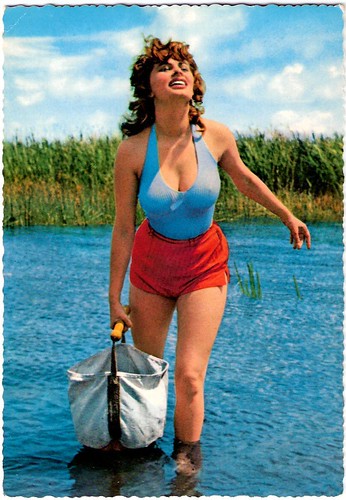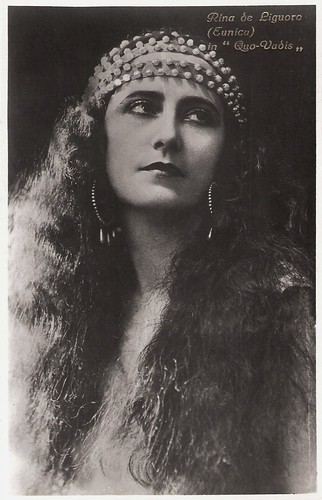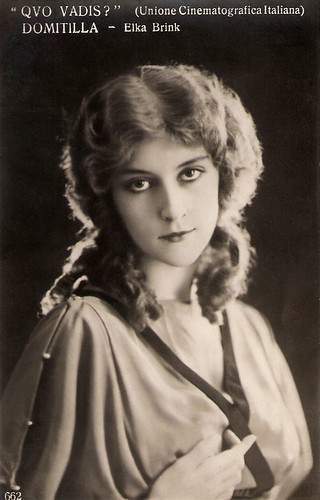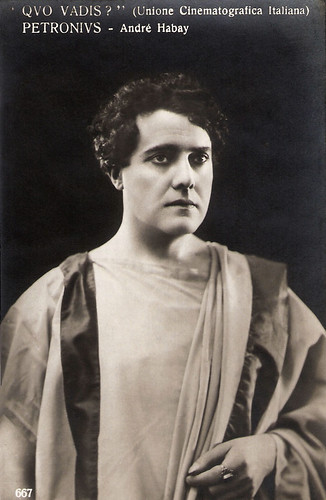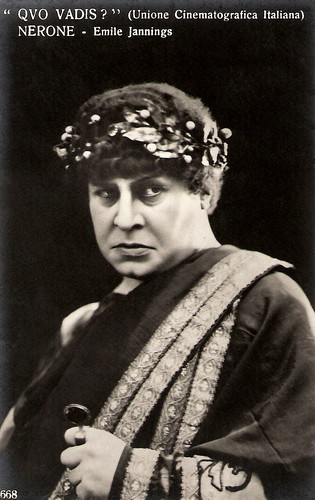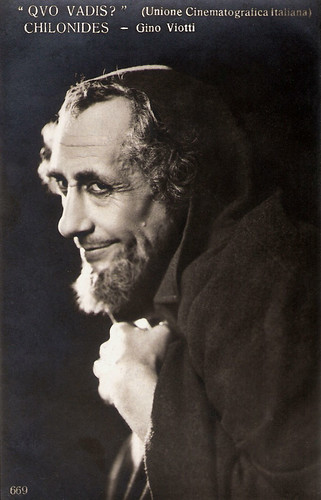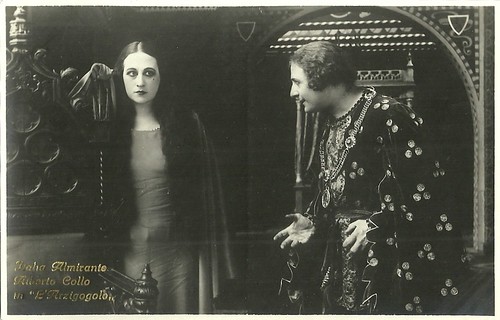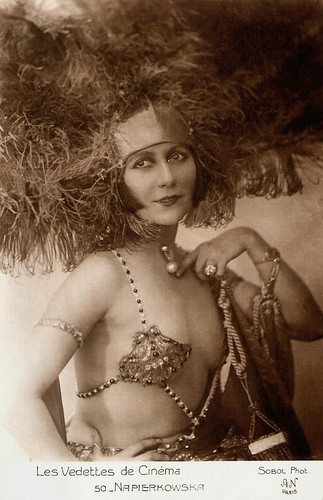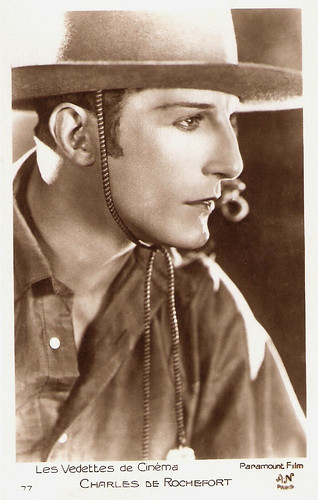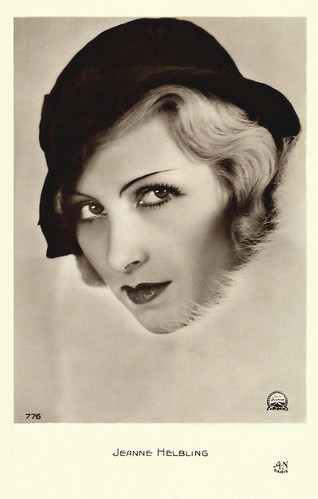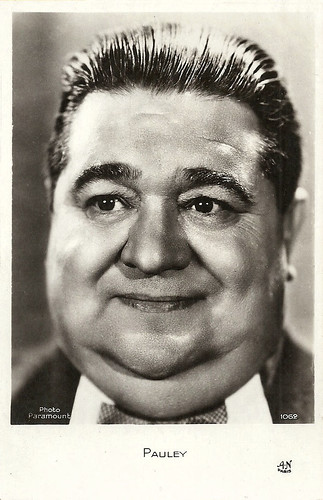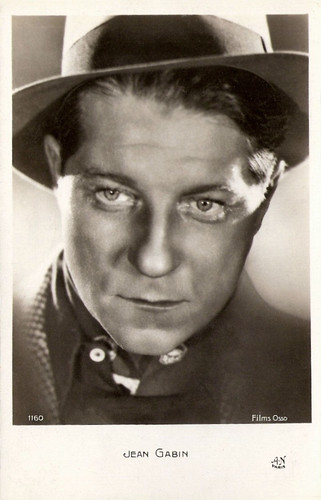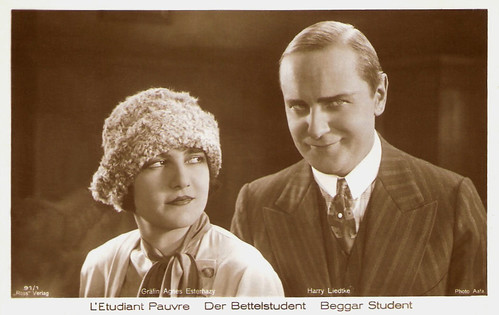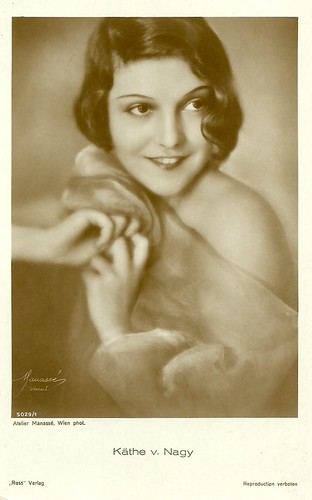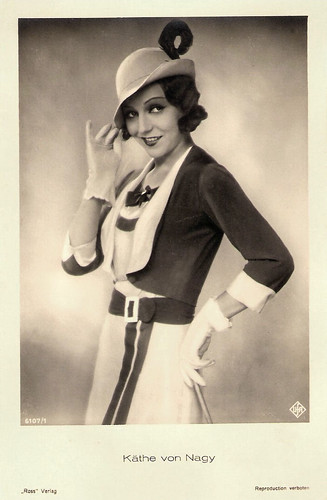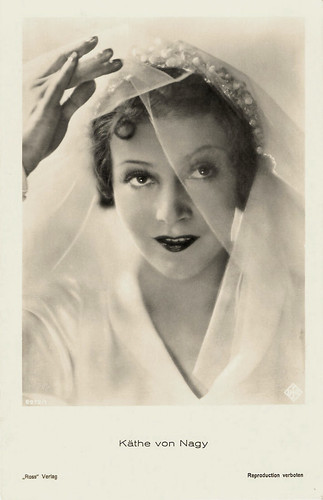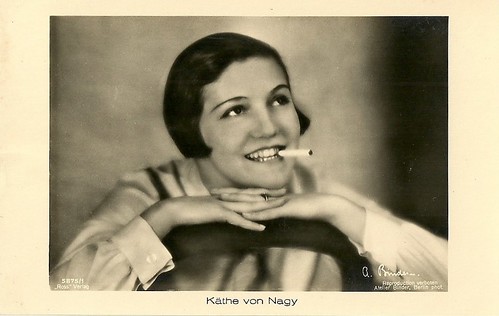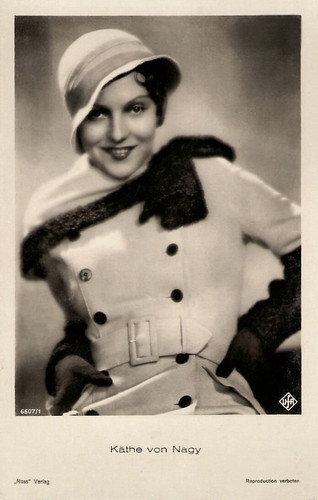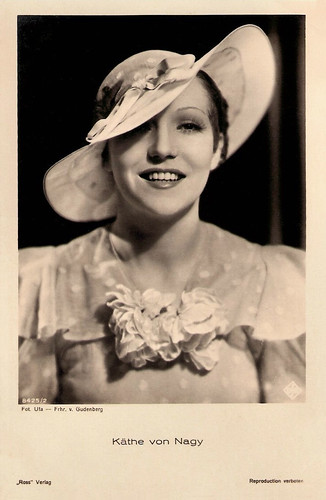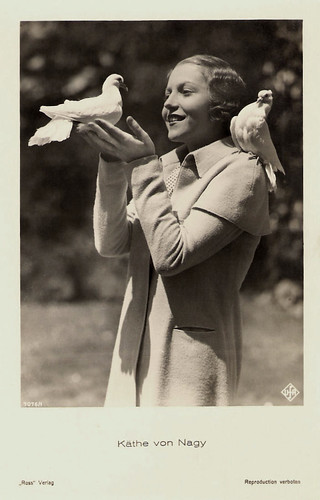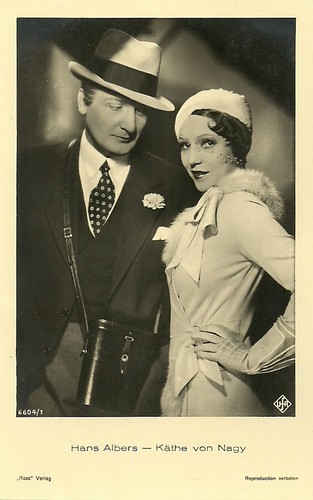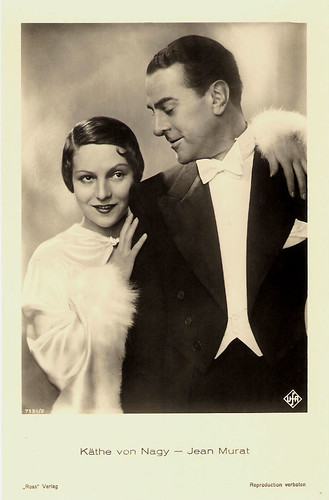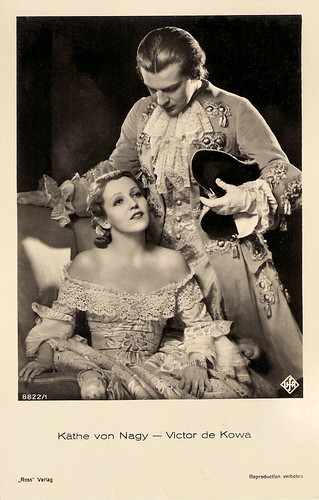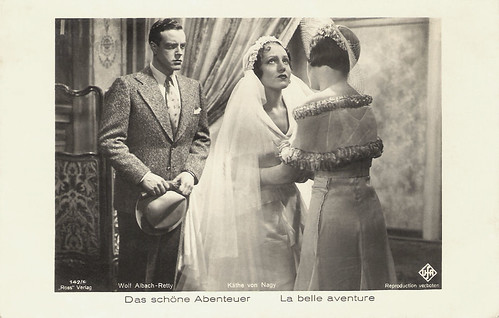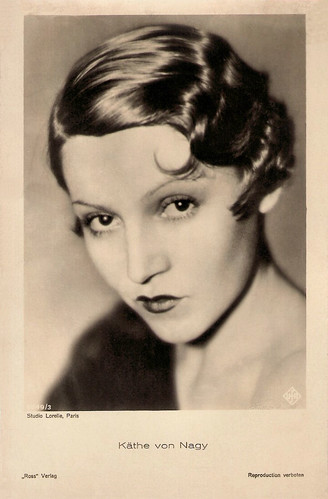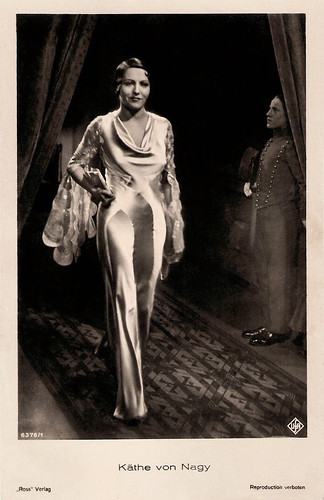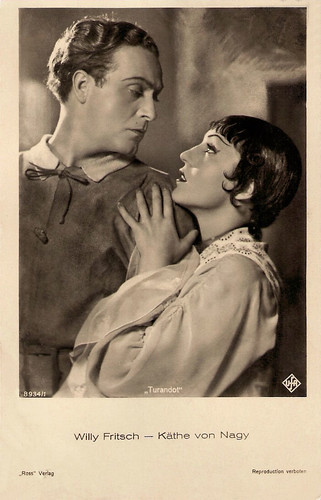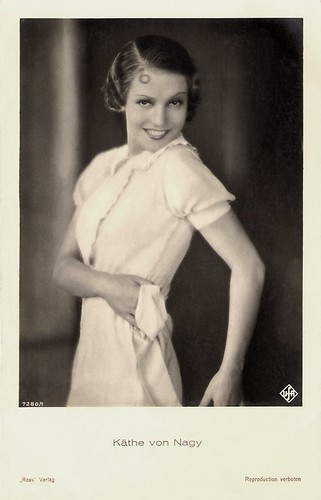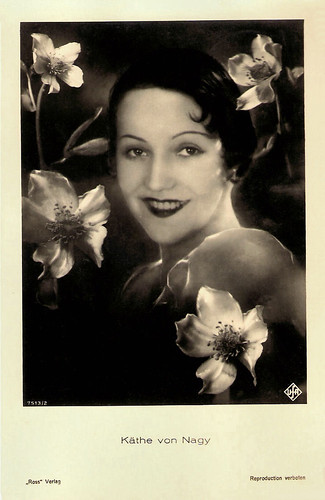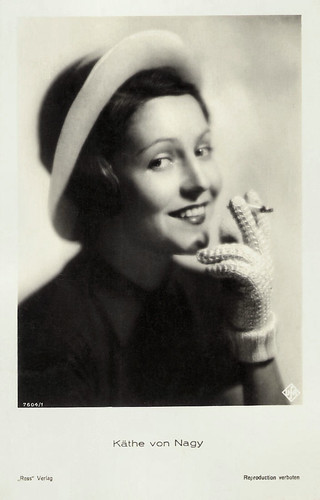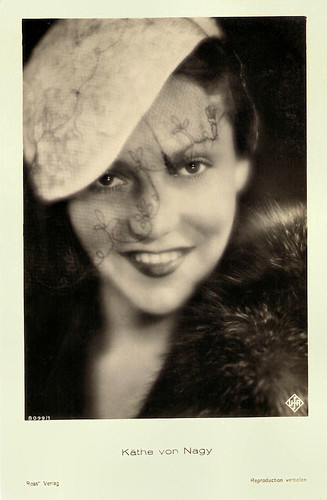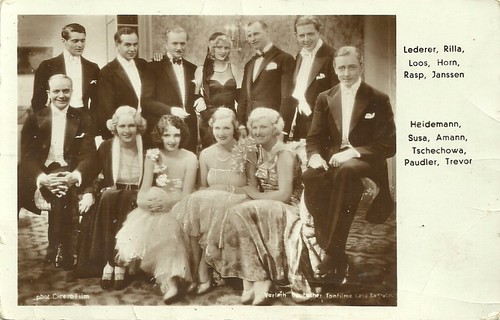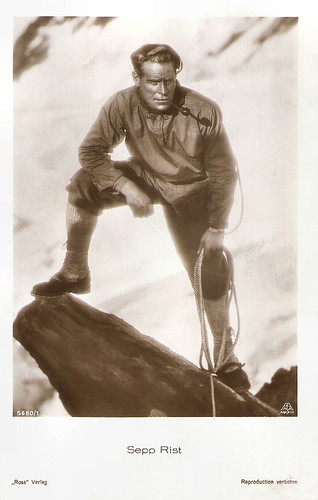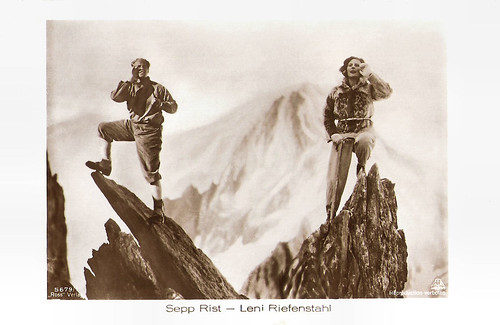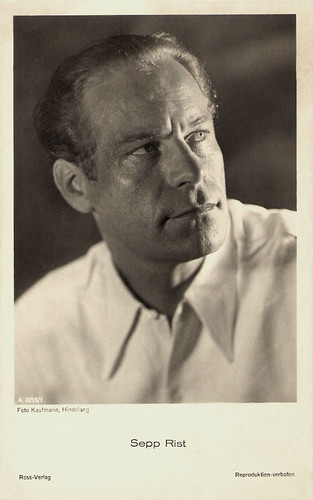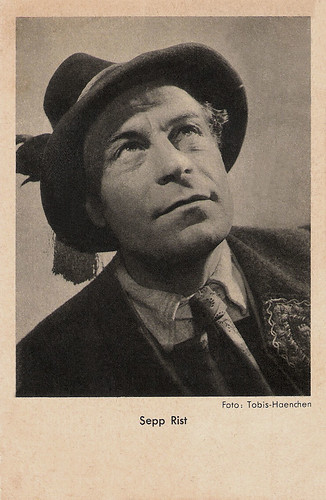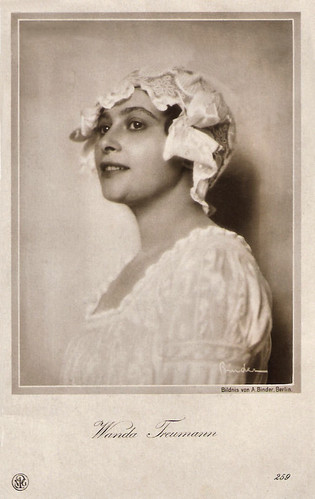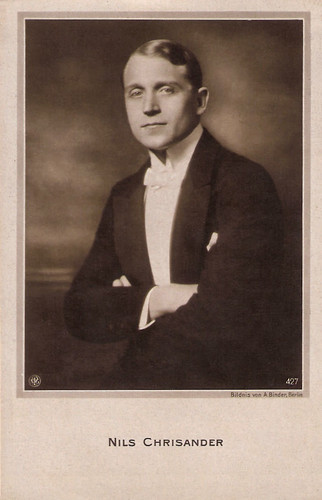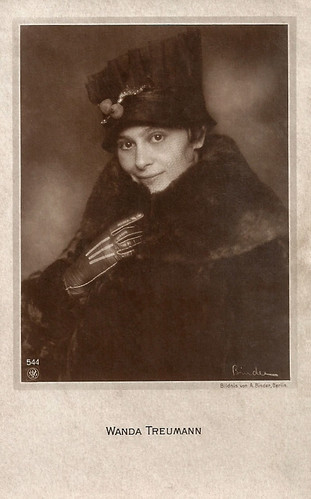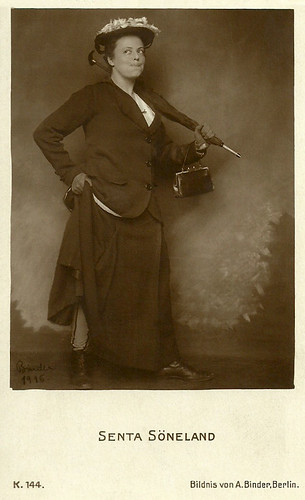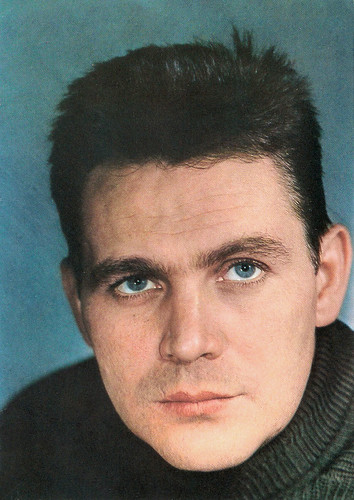Last weekend we visited the International Collectors Fair in Utrecht. It was fun! In three posts we share our new acquisitions. Today, the third and final part.
![Olive Moorefield in Monpti (1957)]()
German postcard by Ufa. Photo: Vogelmann / NDF / Herzog-film. Publicity still for Monpti (Helmut Käutner, 1957).
During the 1950s and 1960s, American singer and actress Olive Moorefield (1932) worked in Austria and West Germany. She starred on stage in musicals and operas, acted in several films, including Monpti (1957) with Romy Schneider and Horst Buchholz, and Onkel Toms Hütte/Uncle Tom’s Cabin (1964), and she appeared in television shows.
![Sabu]()
Dutch photo card by DRC, no. 17. Photo: MPEA.
British Indian actor Sabu (1924-1963) had 'a smile as broad as the Ganges and charm enough to lure the stripes off a tiger'. He became an instant star with the release of the British film Elephant Boy in 1937. His succession of tropical Technicolor treats delighted audiences before and during WW II.
![Helen Morgan]()
Belgian postcard by P.E., no. 468.
American singer and actress Helen Morgan (1900-1941) worked in films and on the stage. A quintessential torch singer, she made a big splash in the Chicago club scene in the 1920s. She starred as Julie LaVerne in the original Broadway production of Hammerstein and Kern's musical Show Boat in 1927 as well as in the 1932 Broadway revival of the musical, and appeared in two film adaptations, a part-talkie made in 1929 (prologue only) and a full-sound version made in 1936, becoming firmly associated with the role. She suffered from bouts of alcoholism, and despite her notable success in the title role of another Hammerstein and Kern's Broadway musical, Sweet Adeline (1929), her stage career was relatively short. Helen Morgan died of cirrhosis of the liver at the age of 41. She was portrayed by Polly Bergen in the Playhouse 90 drama The Helen Morgan Story and by Ann Blyth in the 1957 biopic based on the television drama.
![Teddy Scholten and Henk Scholten]()
Dutch postcard by Gebr. Spanjersberg N.V., Rotterdam, no. 5124. Photo: Decca Records / Editions Altona, Amsterdam.
Teddy Scholten (1926-2010) was the winner of the 1959 Eurovision Song Contest for the Netherlands.
![Meg Lemonnier]()
French postcard by EDUG, no. 1010. Photo: Paramount.
French actress and singer Meg Lemonnier (1905-1988) was most active in the French cinema of the 1930s.
![Silvana Pampanini]()
German postcard by Ufa, Berlin-Tempelhof, no. FK 2248. Photo: Dial / Unitalia Film, Roma.
Silvana Pampanini (1925) is an Italian actress who knew enormous popularity in the 1950s and 1960s. In the early 1950s, before Sophia Loren and Gina Lollobrigida reached stardom, Pampanini was one of the most well-known symbols of Italian beauty.
![Juliette Greco]()
Dutch postcard, no. 662.
French actress and chanson singer Juliette Gréco (1927) was the muse of the existentialists such as Jean-Paul Sartre. Later she became the protégée of film mogul Darryl F. Zanuck, who cast her in his films.
![Adele Sandrock in Der Letzte Walzer (1934)]()
Promotion card by Ufa. Photo: publicity still for Der Letzte Walzer/The Last Waltz (Georg Jacoby, 1934).
Grand German-Dutch actress Adele Sandrock (1863-1937) had a successful theatrical career all over Europe. In Vienna she had a stormy affair with the famous playwright Arthur Schnitzler, and enjoyed triumphs as the diva of the modern playwrights. In the 1910s she became one of the first German film stars. After the introduction of sound she emerged as a witty comedienne. She excelled as the intimidating elderly dragon, who could also be surprisingly funny and tactful.
![Googie Withers]()
Dutch postcard by Hemo. Photo: Eagle Lion.
British entertainer Georgette 'Googie' Withers (1917-2011) had a long career in theatre, film, and television. She was a well-known actress during the war and post-war years. During the 1930s, Withers was constantly in demand in lead roles in minor films and supporting roles in more prestigious productions. Her best known work of the period was as one of Margaret Lockwood's friends in Alfred Hitchcock's The Lady Vanishes (1938). Among her successes of the 1940s, and a departure from her previous roles, was the Powell and Pressburger film One of Our Aircraft Is Missing (1942), a topical World War II drama in which she played a Dutch resistance fighter who helps British airmen return to safety from behind enemy lines. In 1948 British exhibitors voted her the 8th most popular British star in the country. She is also remembered for her role as the devious Helen Nosseross in the classic film noir Night and the City (1950). Googie Withers was a longtime resident of Australia with her husband, the actor John McCallum, with whom she often appeared.
![Joseph Cotten]()
Dutch postcard by Foto Archief Film en Toneel, no. 3335. Photo: RKO Radio Films.
American film, stage and television actor Joseph Cotten (1905-1994) achieved prominence on Broadway, starring in the original stage productions of The Philadelphia Story and Sabrina Fair. He first gained worldwide fame in the Orson Welles films Citizen Kane (1941), The Magnificent Ambersons (1942), and Journey into Fear (1943), for which Cotten was also credited with the screenplay. He went on to become one of the leading Hollywood actors of the 1940s, appearing in films such as Shadow of a Doubt (1943), Duel in the Sun (1946) and The Third Man (1949). One of his final films was Michael Cimino's epic Heaven's Gate (1980).
![Corinne Calvet]()
Dutch postcard by Takken, Utrecht, no. 1609. Photo: Paramount.
Alluring French leading lady Corinne Calvet (1925-2001) made a big splash in Hollywood in the early 1950s with her sultry looks and her highly publicized legal battles.
![Janis Paige]()
Dutch postcard by Van Leer's Fotodrukindustrie N.V., Amsterdam, no. 1250. Photo: Warner Bros.
American film, musical theatre, and television actress Janis Paige (1922) moved to Los Angeles after graduating from high school and was hired as a singer at the Hollywood Canteen for members of the military during World War II. A Warner Bros. agent saw her potential and signed her to a contract. She began co-starring in low budget musicals, often paired with Dennis Morgan or Jack Carson. She co-starred in Romance on the High Seas (1948), the film in which Doris Day made her movie debut. Paige later co-starred in adventures and dramas, in which she felt out of place. Following her role in Two Gals and a Guy (1951), she decided to leave Hollywood. Paige appeared on Broadway and was a huge hit in a 1951 comedy-mystery play, Remains to Be Seen, co-starring Jackie Cooper. Stardom came in 1954 with her role as Babe in the Broadway musical The Pajama Game. After six years away, Paige returned to Hollywood in Silk Stockings (1957), which starred Fred Astaire and Cyd Charisse, the Doris Day comedy Please Don't Eat the Daisies (1960), and as a love-starved married neighbour in Bachelor in Paradise (1961) with Bob Hope. A rare dramatic role was as Marion, an institutionalized prostitute, in The Caretakers (1963).
The End.

German postcard by Ufa. Photo: Vogelmann / NDF / Herzog-film. Publicity still for Monpti (Helmut Käutner, 1957).
During the 1950s and 1960s, American singer and actress Olive Moorefield (1932) worked in Austria and West Germany. She starred on stage in musicals and operas, acted in several films, including Monpti (1957) with Romy Schneider and Horst Buchholz, and Onkel Toms Hütte/Uncle Tom’s Cabin (1964), and she appeared in television shows.

Dutch photo card by DRC, no. 17. Photo: MPEA.
British Indian actor Sabu (1924-1963) had 'a smile as broad as the Ganges and charm enough to lure the stripes off a tiger'. He became an instant star with the release of the British film Elephant Boy in 1937. His succession of tropical Technicolor treats delighted audiences before and during WW II.

Belgian postcard by P.E., no. 468.
American singer and actress Helen Morgan (1900-1941) worked in films and on the stage. A quintessential torch singer, she made a big splash in the Chicago club scene in the 1920s. She starred as Julie LaVerne in the original Broadway production of Hammerstein and Kern's musical Show Boat in 1927 as well as in the 1932 Broadway revival of the musical, and appeared in two film adaptations, a part-talkie made in 1929 (prologue only) and a full-sound version made in 1936, becoming firmly associated with the role. She suffered from bouts of alcoholism, and despite her notable success in the title role of another Hammerstein and Kern's Broadway musical, Sweet Adeline (1929), her stage career was relatively short. Helen Morgan died of cirrhosis of the liver at the age of 41. She was portrayed by Polly Bergen in the Playhouse 90 drama The Helen Morgan Story and by Ann Blyth in the 1957 biopic based on the television drama.

Dutch postcard by Gebr. Spanjersberg N.V., Rotterdam, no. 5124. Photo: Decca Records / Editions Altona, Amsterdam.
Teddy Scholten (1926-2010) was the winner of the 1959 Eurovision Song Contest for the Netherlands.

French postcard by EDUG, no. 1010. Photo: Paramount.
French actress and singer Meg Lemonnier (1905-1988) was most active in the French cinema of the 1930s.

German postcard by Ufa, Berlin-Tempelhof, no. FK 2248. Photo: Dial / Unitalia Film, Roma.
Silvana Pampanini (1925) is an Italian actress who knew enormous popularity in the 1950s and 1960s. In the early 1950s, before Sophia Loren and Gina Lollobrigida reached stardom, Pampanini was one of the most well-known symbols of Italian beauty.

Dutch postcard, no. 662.
French actress and chanson singer Juliette Gréco (1927) was the muse of the existentialists such as Jean-Paul Sartre. Later she became the protégée of film mogul Darryl F. Zanuck, who cast her in his films.
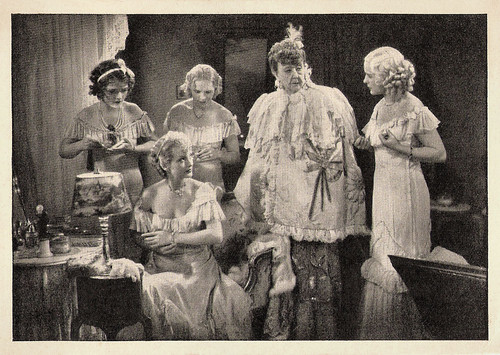
Promotion card by Ufa. Photo: publicity still for Der Letzte Walzer/The Last Waltz (Georg Jacoby, 1934).
Grand German-Dutch actress Adele Sandrock (1863-1937) had a successful theatrical career all over Europe. In Vienna she had a stormy affair with the famous playwright Arthur Schnitzler, and enjoyed triumphs as the diva of the modern playwrights. In the 1910s she became one of the first German film stars. After the introduction of sound she emerged as a witty comedienne. She excelled as the intimidating elderly dragon, who could also be surprisingly funny and tactful.

Dutch postcard by Hemo. Photo: Eagle Lion.
British entertainer Georgette 'Googie' Withers (1917-2011) had a long career in theatre, film, and television. She was a well-known actress during the war and post-war years. During the 1930s, Withers was constantly in demand in lead roles in minor films and supporting roles in more prestigious productions. Her best known work of the period was as one of Margaret Lockwood's friends in Alfred Hitchcock's The Lady Vanishes (1938). Among her successes of the 1940s, and a departure from her previous roles, was the Powell and Pressburger film One of Our Aircraft Is Missing (1942), a topical World War II drama in which she played a Dutch resistance fighter who helps British airmen return to safety from behind enemy lines. In 1948 British exhibitors voted her the 8th most popular British star in the country. She is also remembered for her role as the devious Helen Nosseross in the classic film noir Night and the City (1950). Googie Withers was a longtime resident of Australia with her husband, the actor John McCallum, with whom she often appeared.

Dutch postcard by Foto Archief Film en Toneel, no. 3335. Photo: RKO Radio Films.
American film, stage and television actor Joseph Cotten (1905-1994) achieved prominence on Broadway, starring in the original stage productions of The Philadelphia Story and Sabrina Fair. He first gained worldwide fame in the Orson Welles films Citizen Kane (1941), The Magnificent Ambersons (1942), and Journey into Fear (1943), for which Cotten was also credited with the screenplay. He went on to become one of the leading Hollywood actors of the 1940s, appearing in films such as Shadow of a Doubt (1943), Duel in the Sun (1946) and The Third Man (1949). One of his final films was Michael Cimino's epic Heaven's Gate (1980).

Dutch postcard by Takken, Utrecht, no. 1609. Photo: Paramount.
Alluring French leading lady Corinne Calvet (1925-2001) made a big splash in Hollywood in the early 1950s with her sultry looks and her highly publicized legal battles.

Dutch postcard by Van Leer's Fotodrukindustrie N.V., Amsterdam, no. 1250. Photo: Warner Bros.
American film, musical theatre, and television actress Janis Paige (1922) moved to Los Angeles after graduating from high school and was hired as a singer at the Hollywood Canteen for members of the military during World War II. A Warner Bros. agent saw her potential and signed her to a contract. She began co-starring in low budget musicals, often paired with Dennis Morgan or Jack Carson. She co-starred in Romance on the High Seas (1948), the film in which Doris Day made her movie debut. Paige later co-starred in adventures and dramas, in which she felt out of place. Following her role in Two Gals and a Guy (1951), she decided to leave Hollywood. Paige appeared on Broadway and was a huge hit in a 1951 comedy-mystery play, Remains to Be Seen, co-starring Jackie Cooper. Stardom came in 1954 with her role as Babe in the Broadway musical The Pajama Game. After six years away, Paige returned to Hollywood in Silk Stockings (1957), which starred Fred Astaire and Cyd Charisse, the Doris Day comedy Please Don't Eat the Daisies (1960), and as a love-starved married neighbour in Bachelor in Paradise (1961) with Bob Hope. A rare dramatic role was as Marion, an institutionalized prostitute, in The Caretakers (1963).
The End.





























